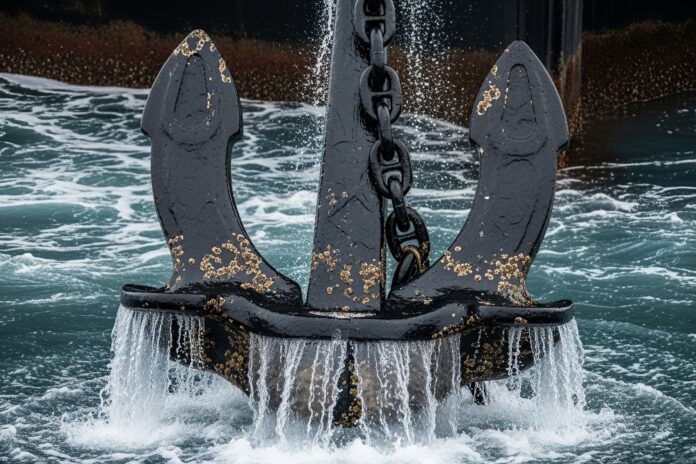Four major cable systems have been damaged, probably by a commercial ship’s anchor, underlining the vulnerability of one of world’s busiest subsea regions
Reports emerged on Saturday of damaged subsea cables in the Red Sea, disrupting internet access in parts of the Middle East and Asia including the UAE, India and Pakistan. Today, 90% of all data communication between Europe and Asia passes through the Red Sea.
On Tuesday, Capacity reported that industry experts now think a commercial vessel’s anchor, dragged across the seabed in the Bab el-Mandeb Strait, damaged at least four major cable systems: South East Asia–Middle East–Western Europe 4 (SMW4), India–Middle East–Western Europe (IMEWE), FALCON GCX and the Europe India Gateway.
The disruption affected internet access across India, Pakistan, the Gulf states and parts of Africa, with slower speeds and higher latency. It is not known how long it will take to repair the systems, but it could be weeks.
Fingers had been pointed at Houthi rebels, who were held responsible for previous attacks on subsea cables in the Red Sea – most notably in February 2024 – although they denied it.
RETN, which runs a private, global managed network, says the impact of the February 2024 cable cuts in the Red Sea were severely underestimated. It claims up to 70% of Europe-Asia data flow was disrupted, based on its own experience and feedback from customers. RETN adds that incident highlighted the weak cable ecosystem which urgently needs greater resilience.
As outlined in this article published on Monday, there are two schools of thought on how to address the vulnerability of the Red Sea corridor regarding subsea cables. Those in the region favour deploying more cable systems to provide greater resilience; others are planning to build systems that avoid the area completely. Both approaches require more robust systems that are less susceptible to damage, accidental or otherwise.




